Gift #6: Support Detoxification with Nourishing Foods and Practices
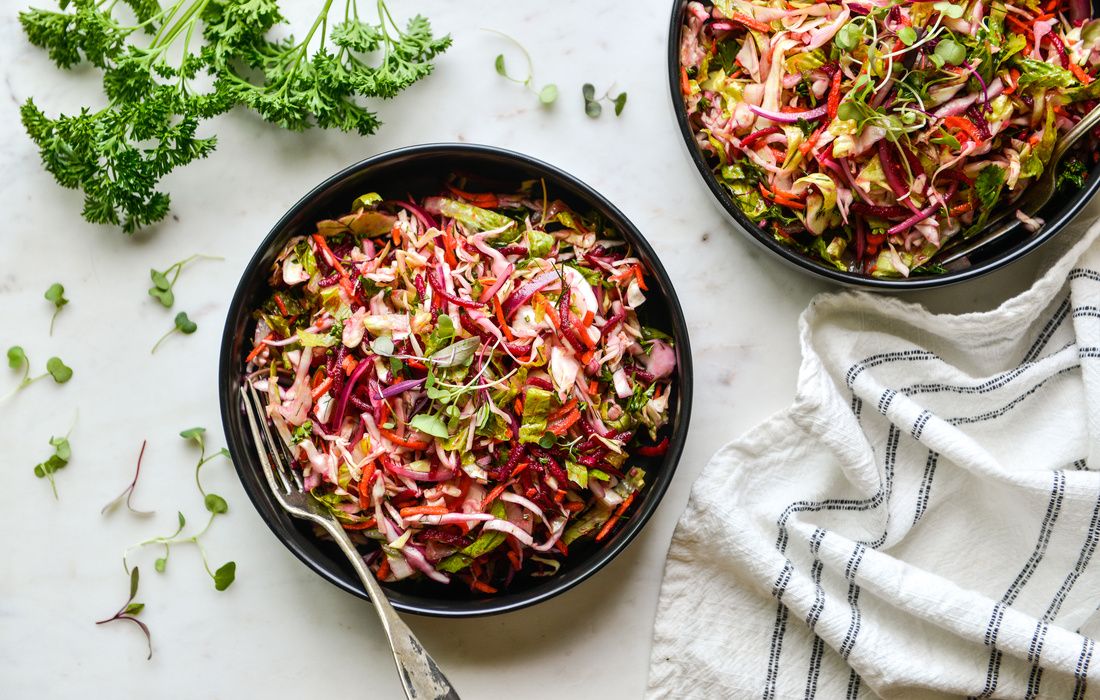
Step #6: Support Detoxification with Nourishing Foods and Practices
Supporting detoxification daily through nourishment—not restriction—builds steady momentum for your body’s natural ability to release and renew. This step is about creating the internal conditions for release—giving your cells the hydration, nutrients, and rhythm they need to safely eliminate what no longer serves you. The modern world exposes us to countless toxins—many of them invisible and ongoing. Even when we’re eating well, modern diets often lack the fiber, phytonutrients, magnesium, and amino acids required to fuel detoxification at the cellular level.
“In any given moment we have two options: To step forward into growth or step back into safety.” ~Abraham Maslow

Why Detox Support Matters
Everyday Toxic Exposures
Tap water may contain chlorine, pesticides, herbicides, and pharmaceutical residues—all of which add to your liver’s workload and require detoxification through Phase I and II liver enzymes.
Air pollution, plastics, synthetic fragrances, and conventional personal care products introduce endocrine-disrupting chemicals like BPA and phthalates that can interfere with hormonal balance and mitochondrial function.
Processed and ultra-refined foods provide little antioxidant support and often contain preservatives, dyes, and emulsifiers that burden detox pathways and disrupt gut health.
Sedentary lifestyles and chronic stress reduce circulation and lymphatic flow, limiting your body’s ability to mobilize and eliminate stored toxins—especially through the skin.
Missing Nutrients for Detox
Magnesium is a cofactor in hundreds of detoxification reactions—including methylation, sulfation, and glutathione recycling—but is commonly depleted by stress, sugar, and medication use.
Amino acids like glycine, cysteine, glutamine, taurine, and methionine are required for Phase II detox—helping neutralize reactive intermediates and convert them into safe, excretable compounds.
Dietary fiber binds to toxins, excess hormones, and metabolic byproducts in the digestive tract—supporting regular elimination and preventing reabsorption through the gut lining.
Sulforaphane, a compound in cruciferous vegetables, activates Nrf2—a key regulator of detoxification and antioxidant genes—but must be consumed regularly and in the right form to be effective.
Blog Posts
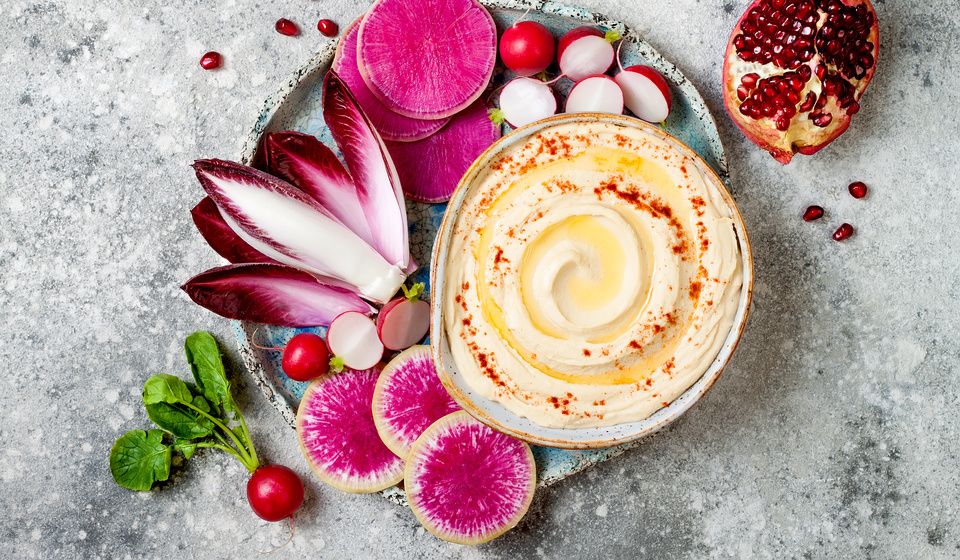
The 11 Most Supportive Detox Foods to Help Your Body Cleanse and Rebuild Naturally
Every day, your body works to break down and eliminate toxins. But with modern exposures—like pesticides, plastics, and chronic stress—those systems can become overburdened or impaired. The most sustainable way to support them? Food. This post reveals 11 of the most powerful detox-supportive foods—each one backed by science, along with simple ways to incorporate them into everyday meals. From cruciferous vegetables to citrus to turmeric, these everyday ingredients help your body cleanse, repair, and return to balance. Let food become your medicine—supporting your body’s natural ability to restore itself, one nourishing bite at a time.

The Magic of Magnesium: A Detox Mineral Your Body Can’t Live Without
When we think of detox, we often picture green juices, infrared saunas, or herbal protocols. Daily detoxification certainly relies on many foundational elements such as phytonutrients from cruciferous vegetables, fiber to bind and eliminate toxins, and hydration to flush them through. However, at the foundation of effective detoxification is magnesium—a key mineral that supports many of the body’s detox pathways. Magnesium is one of the most abundant minerals in the human body and a cofactor in over 300 enzymatic reactions. It supports liver detoxification, hormonal balance, energy production, digestion, sleep, and nervous system regulation. Yet it’s also one of the most depleted nutrients in modern life.
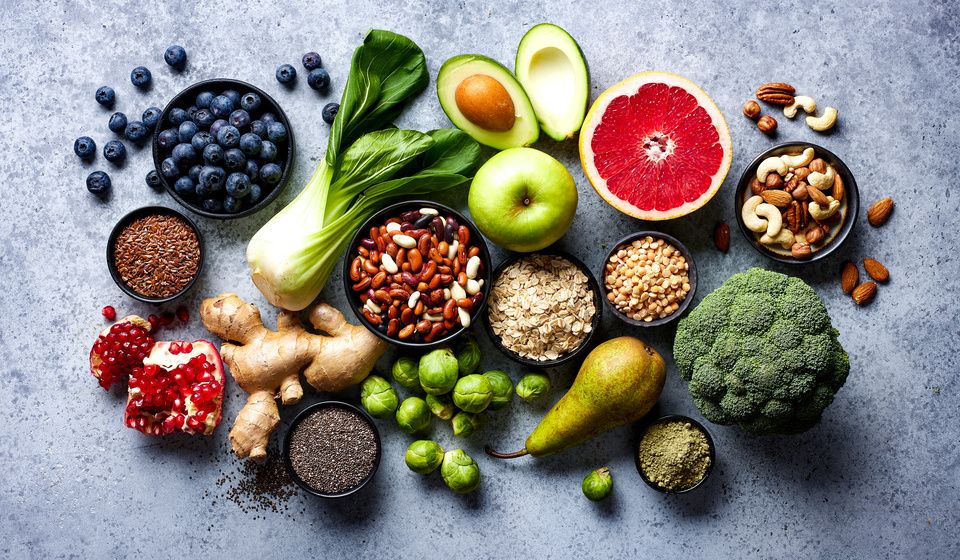
Fiber: The Forgotten Detoxifier
When we think about detoxification, fiber rarely gets the spotlight. Yet it’s one of the most essential and effective tools your body uses to eliminate toxins every single day. Fiber isn’t just for digestion—it’s your internal clean-up crew, guiding waste out so you can feel light again. Without enough of it, toxins—including estrogen byproducts, bile acids, heavy metals, and environmental pollutants—can get reabsorbed into circulation, straining your liver and making you feel sluggish, inflamed, or hormonally imbalanced. Fiber plays a crucial role in Phase III detoxification—the final step where toxins leave the body. Without adequate fiber, toxins can be reabsorbed through the gut wall—a process called enterohepatic recirculation—leading to a heavier toxic burden and increased inflammation.
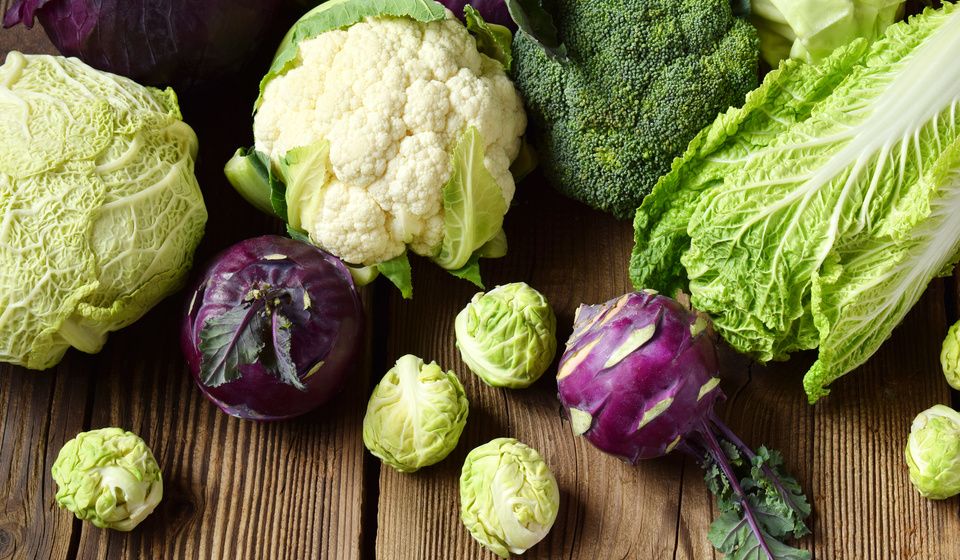
Crucifers and Sulforaphane: Nature’s Most Powerful Detox Activators
Cruciferous vegetables like broccoli, kale, cabbage, and arugula are more than just nutritious—they’re biochemical powerhouses that support your body’s natural detoxification, reduce inflammation, and promote hormone balance. But their healing potential isn’t just in what they contain—it’s in how you prepare and eat them. This post explores why eating raw (or lightly cooked) crucifers matters, how to boost sulforaphane production, and the science behind using everyday foods to gently activate your body’s detox pathways. Let these humble vegetables become catalysts for profound cellular renewal and daily allies in your transformation.
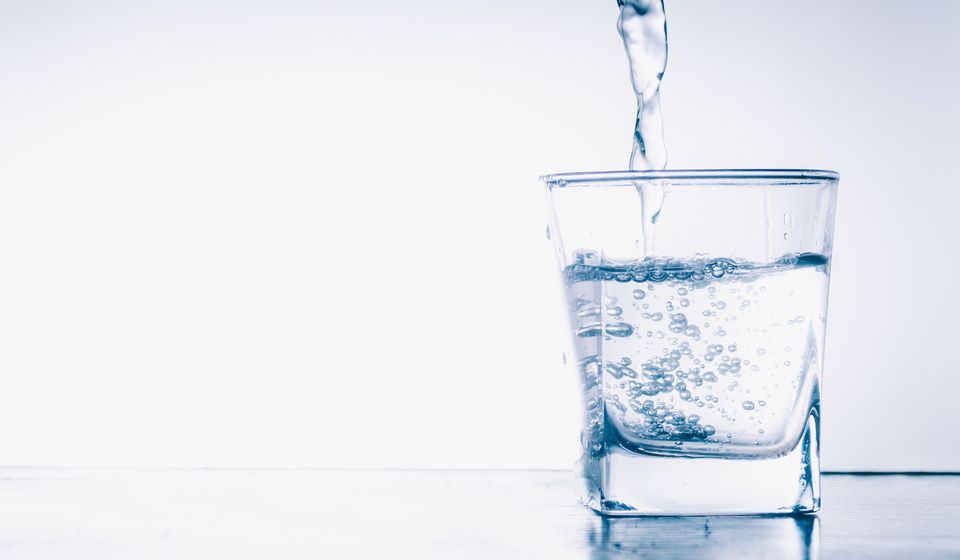
Replenish What You've Been Missing: The Healing Power of Hydration
When we think about detoxification, we often jump to supplements, superfoods, or strict protocols. But one of the most profound—and often overlooked—ways to support your body’s natural detox pathways is also the most elemental: water. Water is not just a vehicle for hydration. It’s a solvent, a transporter, and a cleansing force that touches every cell, every organ, every process of renewal within you. Without adequate hydration, your liver, lymph, kidneys, colon, and skin cannot do their sacred work of releasing what no longer belongs. Yet many of us walk through our days dehydrated—reaching for caffeine instead of mineral-rich water and ignoring the body’s gentle thirst signals until they become fatigue, headaches, or cravings.
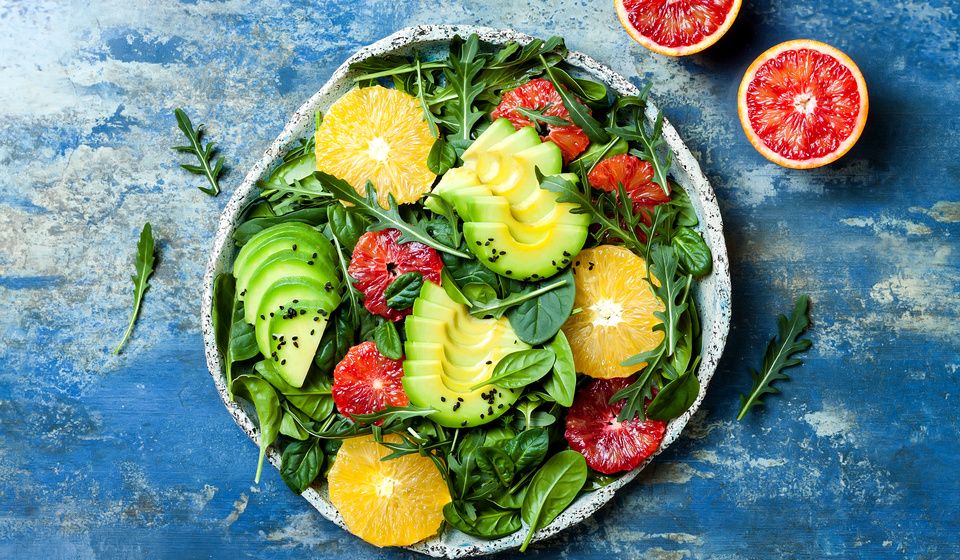
How To Do a Detoxification Diet and Why
Every single day, your body is working quietly and powerfully to protect you. With every breath you take, every bite of food, every sip of water, your cells are assessing, sorting, and transforming what’s needed—and what must be let go. This is detoxification: your body’s innate ability to process, neutralize, and eliminate harmful substances. But in today’s world, that natural process can become overwhelmed. The air we breathe, the foods we eat, the products we put on our skin—all contribute to a growing toxic burden. A Detoxification Diet offers a way to reduce that load while nourishing your body with the nutrients it needs to restore balance and resilience.
Detox Recipes From The Blog
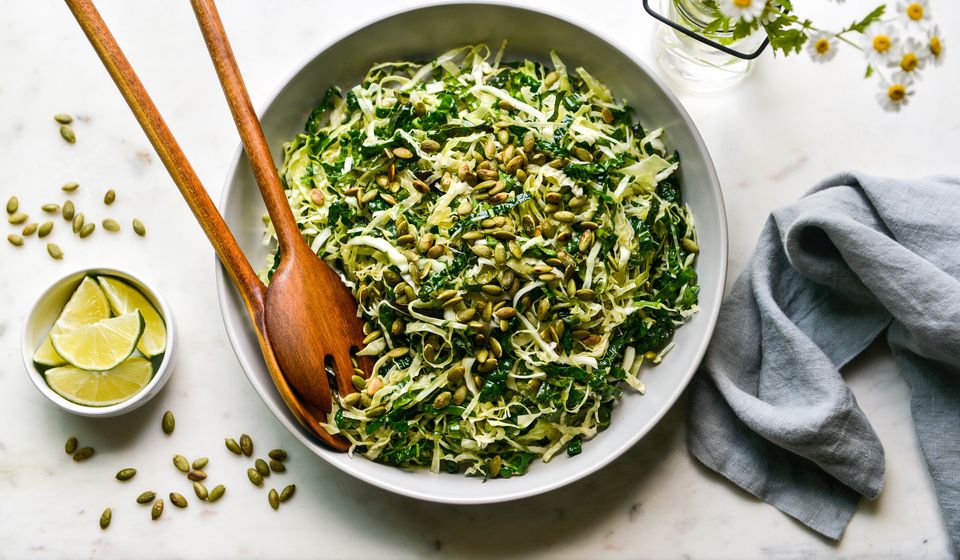
Raw Cruciferous Detox Salad Recipe
This raw cruciferous detox slaw is one of those recipes I make over and over again. It’s crisp, refreshing, and endlessly adaptable—something I prepare several times a week, each time with a little variation depending on what’s fresh, seasonal, or intuitively calling to me. At its core, this slaw features raw cabbage and kale—two cruciferous vegetables rich in glucosinolates, compounds that support the body’s detoxification pathways through the formation of sulforaphane and other bioactive metabolites. Preparing them raw preserves their delicate enzymes and enhances their cleansing properties.

Blue Spirulina Electrolyte Drink Recipe
If you’ve been drinking more water but still feeling depleted, this vibrant electrolyte drink may be exactly what your body has been missing. True hydration isn’t just about water—it’s about how well your cells can absorb and retain it. That’s where electrolytes, phytonutrients, and trace minerals come in. This refreshing blue spirulina drink blends coconut water, sea salt, lemon juice, and purified water to restore balance and support detoxification. The result is a beautifully balanced beverage that helps your body absorb water at the cellular level, reducing fatigue, brain fog, and that dried-out feeling so many of us experience—even when we're drinking enough.

Kohlrabi Detox Salad
A "detoxification diet" is actually something you can do everyday by incorporating certain foods into your diet. Think of it as an inclusion diet where the focus is to bring in a variety of detoxification-supporting foods each day. Kohlrabi is an excellent food to support detoxification! It is a cruciferous vegetable like broccoli, cabbage, radishes, and kale, and it's part of the Brassicaceae family of vegetables. Cruciferous vegetables contain compounds that can upregulate biotransformation pathways in order to transform and excrete toxins.

Red Antioxidant Smoothie Recipe
What is one way to decrease inflammation, improve gut health, upregulate detoxification, and increase insulin sensitivity? It is to consume more brightly colored fruits and vegetables daily! Sometimes the busyness of life prevents us from adding in the recommended number of servings of fresh fruits and vegetables we need each day. That's where smoothies come in. Adding everything to a high-powered blender makes it much easier to consume what you need in a delicious way! This red antioxidant smoothie is something I make several times per week. The smoothie contains raw red cabbage, several different types of low-glycemic frozen berries, avocado, citrus, and a red polyphenol powder to help boost the overall phytonutrient content.
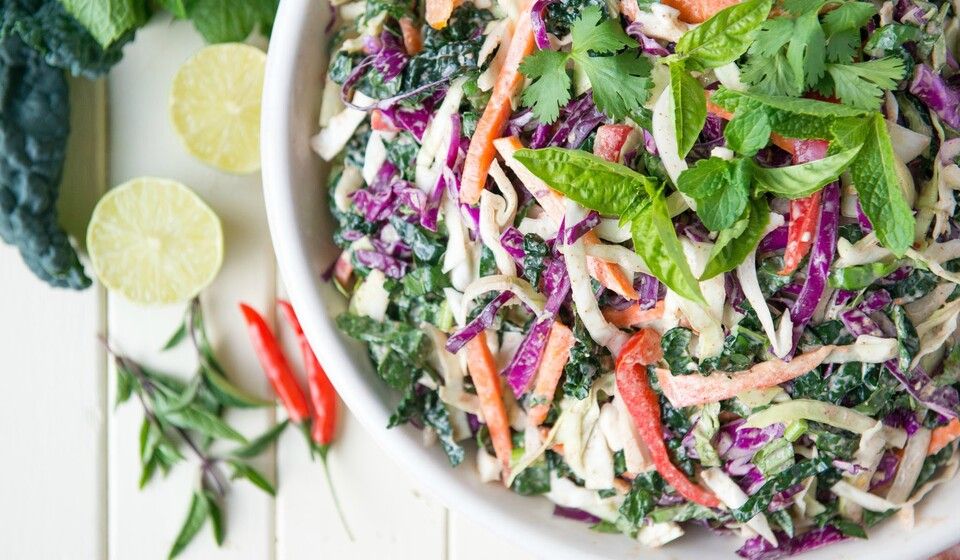
Raw Thai Kale Slaw with a Creamy Ginger-Almond Butter Dressing
You are going to love this vibrant, nutrient-dense kale slaw. It’s full of detoxification and antioxidant compounds, and absolutely bursting with the fresh, bright flavors of basil, mint, and cilantro. Everything is tossed in a slightly spicy, gingery, creamy almond butter dressing that ties it all together. One of the things I love most about this salad is how well it keeps—up to five days in the refrigerator! Once it’s made, you can take out portions as needed throughout the week to easily meet your daily raw veggie needs. Lately, I’ve been serving a large plateful of this slaw with fried eggs for breakfast, or tossing it with leftover rice and garbanzo beans for a quick lunch. It also pairs beautifully with Thai-inspired dinners like Thai Coconut Fish Sticks, Thai Fish Curry with Garden Vegetables, or a Vegan Thai Green Curry.
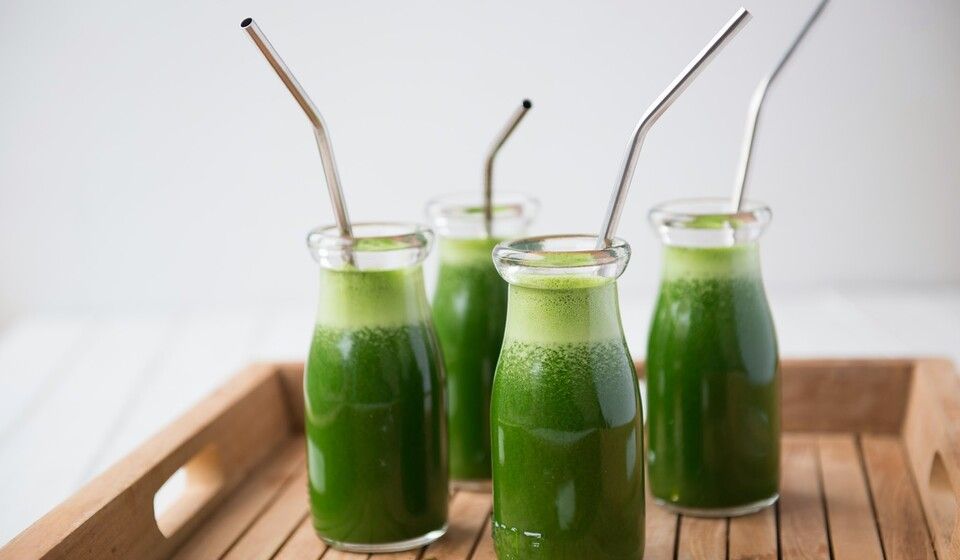
Cucumber Kale Cleanser (aka "Green Juice")
There’s something deeply symbolic about sipping a vibrant green juice at the start of a new year. It’s not just a beverage—it’s a reminder that each nourishing choice we make has the power to shift our energy, brighten our cells, and support the path back to wholeness. This is one of my favorite green juice recipes. It's mild, refreshing, and even kid-approved—my children absolutely love it. Try serving it in a beautiful glass with a stainless steel or glass straw to make the experience feel special. Whether you’re beginning a new healing protocol or simply adding more plant power to your day, this juice is a gentle and energizing way to begin.
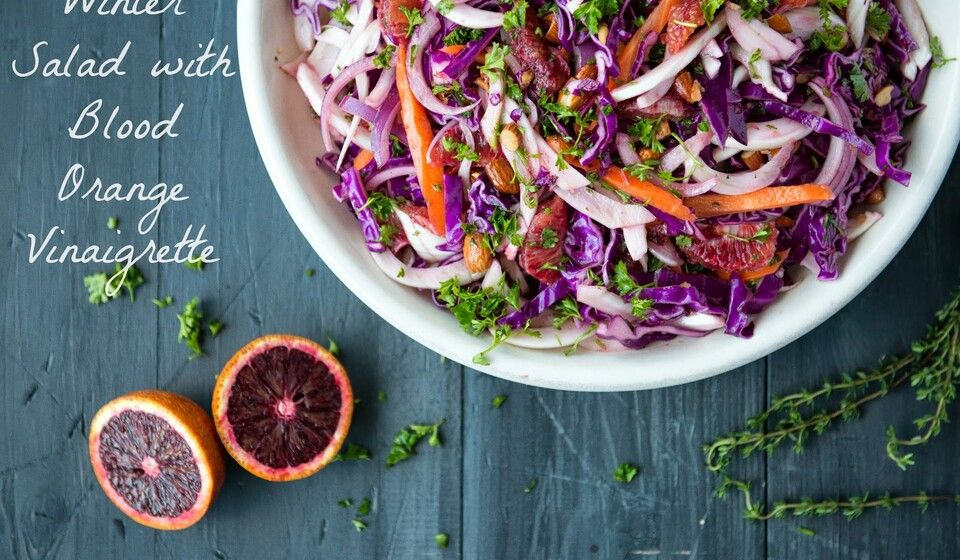
Winter Salad with Fennel and a Blood Orange Vinaigrette
Even though it may be winter, you can still eat the colors of the rainbow and give yourself a hearty dose of powerful phytonutrients! Consuming these deep red, magenta, and orange colors you see in this salad means that you are flooding your body with plant chemicals that prevent DNA damage, stimulate the immune system, reduce inflammation, block substances we ingest from becoming carcinogens, and of course mop up free radicals. If you haven't worked with fennel before then you are in for a treat. This delicious vegetable adds complex flavors to this salad. I love eating it raw but it's also delicious braised or roasted!
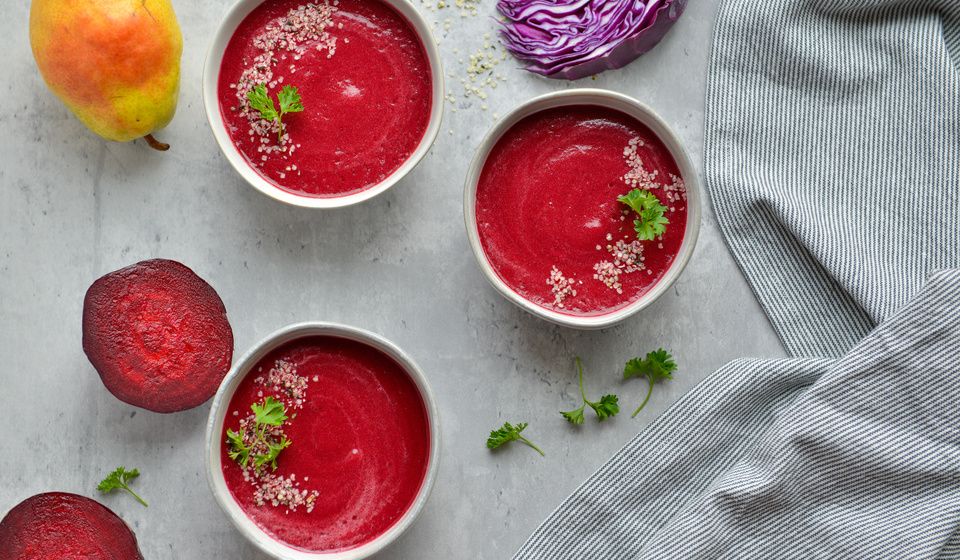
Cherry Beet Detox Smoothie
Beets in a smoothie? Yes—and when balanced with the right ingredients, the result is surprisingly delicious. The secret is using a small raw beet to avoid overpowering the flavor. Paired with dark sweet cherries, the color is stunning and the taste is vibrant and refreshing. One sip, and you’ll feel both grounded and uplifted. This smoothie is a beautiful addition to Phase 1 of the Elimination Diet. It’s also ideal during seasonal detoxification protocols or the postpartum period, when your body benefits from extra support in clearing excess hormones and metabolic waste. What makes this smoothie so powerful? It’s filled with whole-food compounds that support phase 2 liver detoxification, soothe inflammation, and bind to toxins for safe elimination.
Become a Nourishing Meals® Member

Find meals.
Plan. Cook. Eat.
Join Nourishing Meals® today to get access to over 1800 nutrient-dense member-only recipes and our easy-to-use meal planning tools. Get inspired to cook again and take control of your health using the power of real food! Add meals for breakfast, lunch, and dinner, or use our system to only plan your evening meals. It is completely customizable to your unique needs!
Join our Email Newsletter!
Nourishing Meals Newsletter
Email updates.